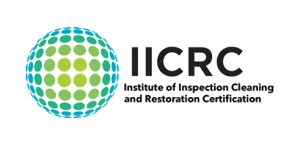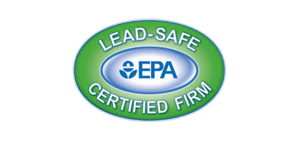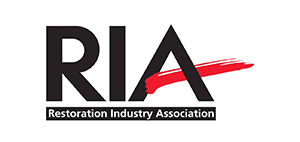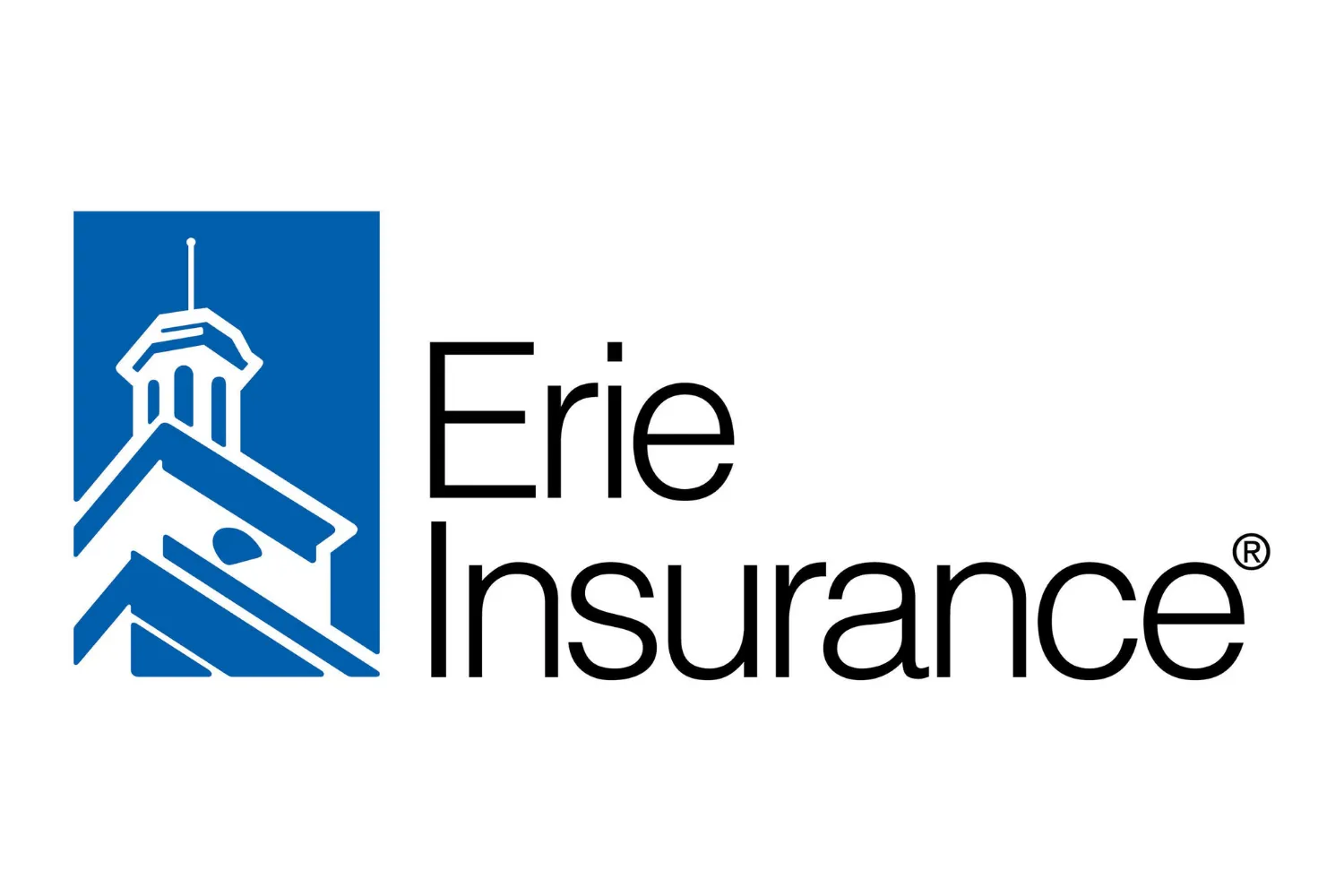If your McHenry, IL home or business has been affected by water damage due to storms or flooding, it’s important to know the steps of proper water mitigation. Water damage in your home can be particularly devastating not just because of the damage to the property, but the potential for hazardous mold growth if the affected area isn’t properly dried or cleaned. Water damage is best tackled as soon as it happens so there’s a better chance of the damage being mitigated and the building being returned to the state it was in before the damage occurred.
Water mitigation is an integral part of the water damage restoration process and any water damage restoration company you find should offer this service to deal with any standing water in your home or business. This is why you may want to seek the help of a professional water damage restoration company like Excel Fire And Water Damage Restoration Services in McHenry, IL if your home or business is ever affected and in need of water restoration services.
What to Do Before Getting Started
Before you get started with the water mitigation process, it’s important that you take the proper precautionary measures to ensure your safety and the success of the project. Mitigating water damage is a huge part of the water damage restoration project and water mitigation and restoration need to be done properly in order to be effective. Here are the steps you should take before beginning:
- Make sure it’s safe: It could be days before it’s safe to re-enter a home after a storm has passed. You should make sure all power and gas are turned off in the flooded area before you do any work in repairing the water damage for the water mitigation and restoration process.
- Check for structural integrity: Floods can weaken the foundation of your home which leads to costly structural damage. Make sure to take note of any cracks or weaknesses that have appeared so they can be fixed by water restoration services.
- Check for mold growth: Mold spores can be irritating and potentially dangerous by posing health risks. Mold growth often happens after flooding due to the presence of water so make sure to take note of where mold could be growing.
- Photograph the damage: After the water mitigation process is complete you’ll need to have the proper documentation of all water damage to give to your insurance company for both before and after the damage is repaired.
- Wear protective gear: Dirty water can be full of hazardous debris and disease. It’s important to protect yourself by wearing gear such as rubber boots, goggles, and rubber gloves before you begin the water damage restoration process.
Once you’ve taken all the proper precautions, you can begin the water mitigation process. For bigger water damage restoration projects, it might be a good idea to hire a company that offers professional water restoration services like Excel Fire And Water Damage Restoration Services. Remember to keep safety a top priority and call a professional if the scale becomes too much to handle.
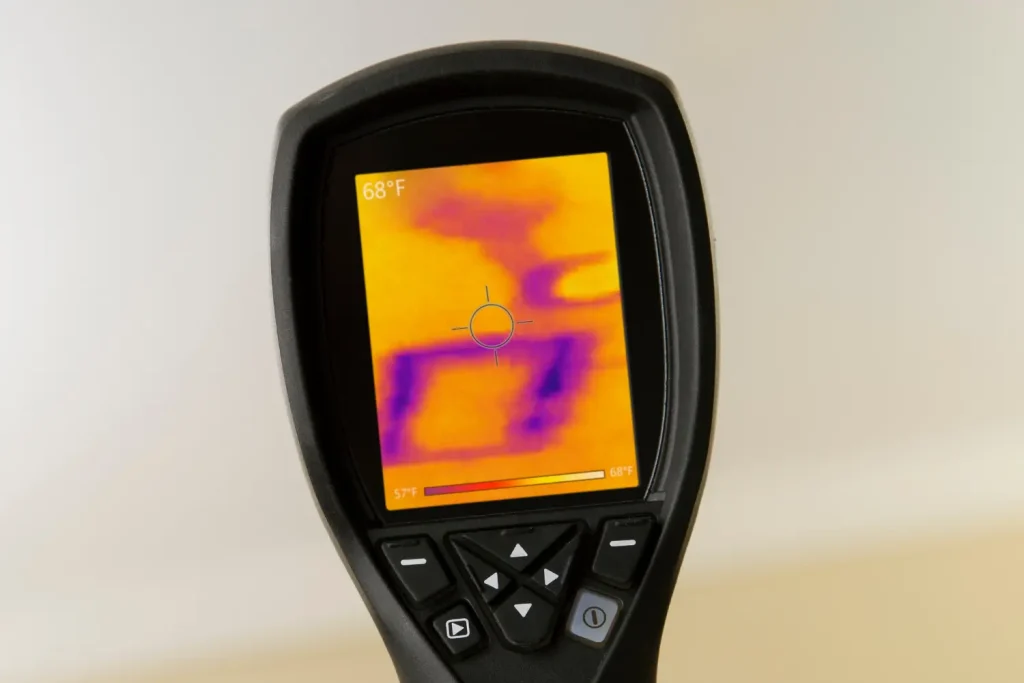
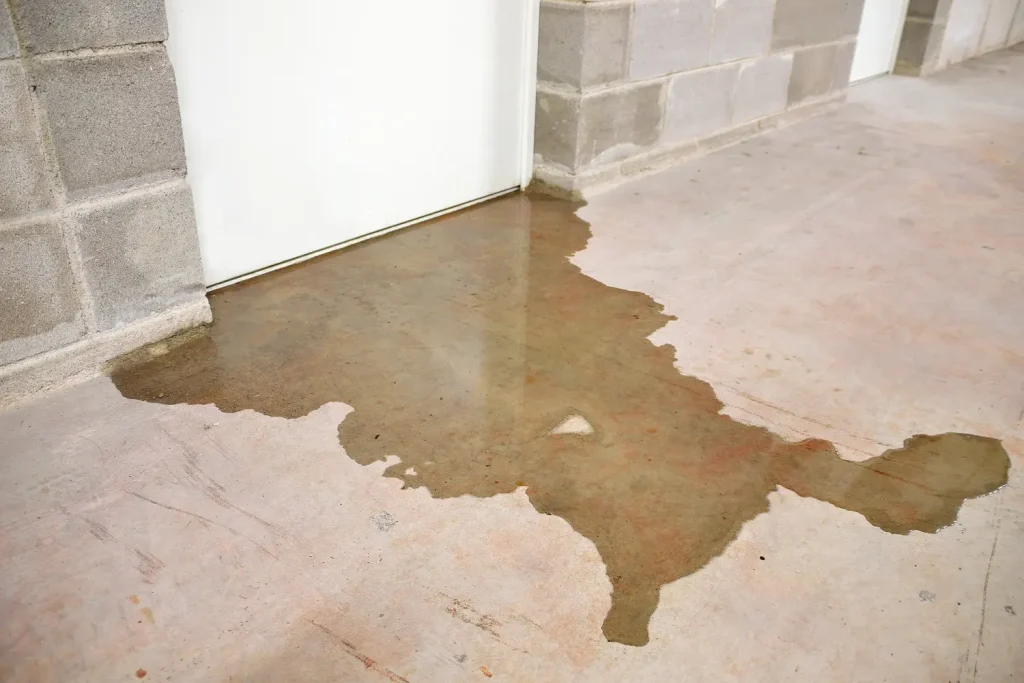
The Steps of Water Mitigation
Water mitigation companies usually follow a set procedure when dealing with standing water while offering water damage restoration services. It’s important you familiarize yourself with the water mitigation and water restoration services a company might offer and how you can implement some of these water restoration techniques in your home or building. A water damage restoration company will have the expertise so they can help you implement water mitigation and water restoration for any water damage restoration project, big or small.
- Dry it out: Water mitigation can only begin once all water is removed from the affected area. In many cases, you may need to use the aid of professional equipment such as vacuums, industrial fans, and dehumidifiers to completely mitigate the water and begin the water damage restoration process. Restoration of water damage can then begin after all the damage water is completely dried out and ready for water damage restoration. This is also imperative to preventing mold growth since mold needs the moisture to thrive. Adding some more ventilation to the area by opening windows can help speed up the drying process. This is one of the most important parts of the water damage restoration process because it leads the way for a company to perform water mitigation.
- Thoroughly inspect the damage: You need to determine exactly what areas have been affected by water and what water damage needs to be corrected. This can involve checking out structures in the home such as the roofing and the plumbing. Make sure to keep protective clothing on at all times both before and during the water mitigation and water damage restoration process.
- Disinfect: Once everything is dried out completely and free of water, you need to make sure every surface and item that has been affected by water damage has been thoroughly cleaned and disinfected to prevent the spread of mold. Water mitigation means stalling the extent of water damage by not only getting rid of the water but preventing the consequences through thorough cleaning and disinfection on water-damaged furniture, floors, and walls.
Call a Professional Water Mitigation Company
At the end of the day, the best way to make sure all these steps in the water damage restoration process are done safely and correctly is to seek professional water mitigation services. At Excel Fire And Water Damage Restoration Services, we are a water damage restoration company serving the McHenry area of Illinois. We provide 24-hour water damage restoration services that are professional and guaranteed to ensure your home or business is returned to the way it was before the disaster and mitigate all water damage. Remember, water damage restoration is best performed when the damage is new so the damage can have a better chance of being mitigated. Learn how to protect your home from water and flood damage and get a free estimate contacting Excel Fire and Water Damage Restoration Services at (224) 212-1217.






